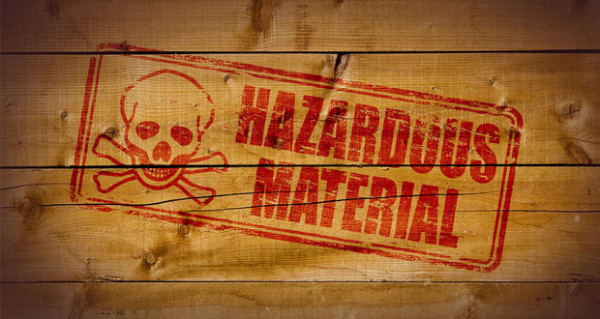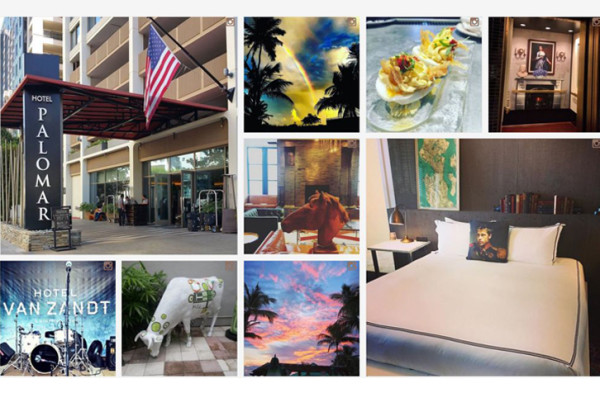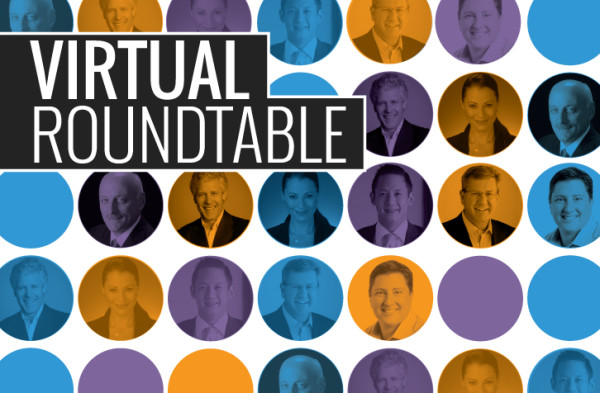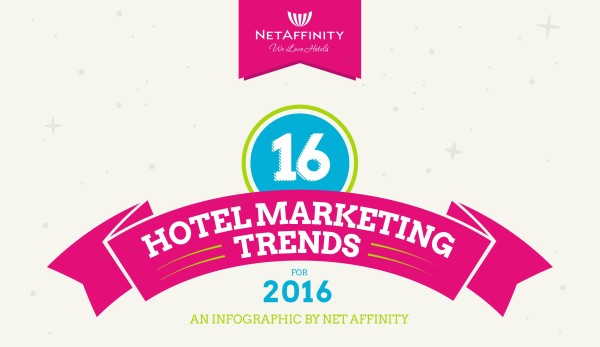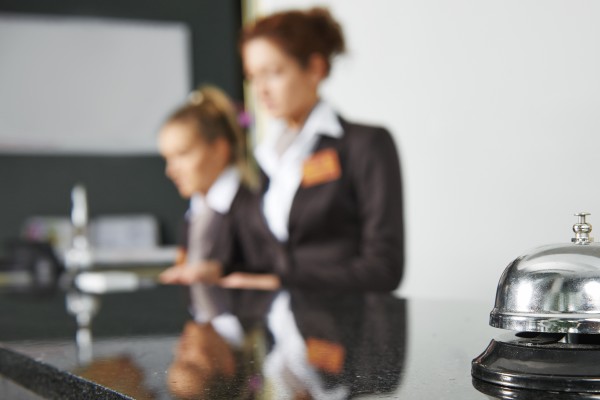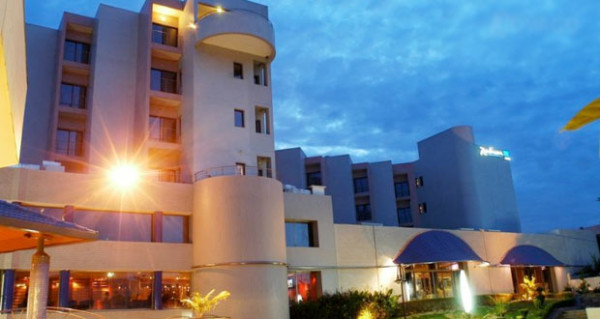GHS compliance is something every member of your staff should be up to date on. Does your hotel staff know how to properly handle the hazardous chemicals they are exposed to every day?
Earlier this year, a hotel in Rochester, N.Y., faced this question when a dangerous vapor cloud formed after hotel staff mixed chlorine with other “ordinary†household cleaning chemicals. Luckily no one was seriously injured, but the entire hotel was evacuated and six employees were taken to a local hospital after falling ill.
Incidents like this serve as a reminder that even common chemicals used in relatively small quantities can pose serious hazards to staff if proper training and guidelines are not followed. Since 1994, hotels have been required to comply with the Occupational Safety and Health Administration’s (OSHA) Hazard Communication Standard (HazCom), which applies to the handling and storage of hazardous chemicals. OSHA mandates under HazCom that all hotel employees be trained on the safe use, storage, and handling of these materials.
In 2012, OSHA modified the HazCom Standard to align with the Globally Harmonized System of Classification and Labeling of Chemicals (GHS), a model system developed by the United Nations. The adoption of GHS has triggered big changes and compliance deadlines for establishments covered by HazCom. The biggest change is to chemical product safety data sheets (SDS) and labels, which have new formats that provide more specific and consistent information about any potential hazards. Under GHS, safety data sheets must follow a strictly ordered, 16-section format. Similarly, labels on shipped containers now include a standardized format with six key elements: product identifiers, signal words, pictograms, hazardous statements, precautionary statements, and supplier information.
Whether or not you’ve begun preparing for the GHS changes, here are a few tips to help get you on track for full OSHA compliance by the final June 1, 2016 deadline:
Ensure staff is comfortable with GHS.
All staff exposed to hazardous chemicals in the workplace should have been trained on the new SDS and label formats by the first GHS deadline, Dec. 1, 2013. If your staff still hasn’t been trained on GHS, and they are exposed to hazardous chemicals in the course of their work, then you may be found out of compliance and should address these requirements quickly. You should recognize this training requirement as an ongoing obligation.
For more:Â http://bit.ly/1UwQIGe

